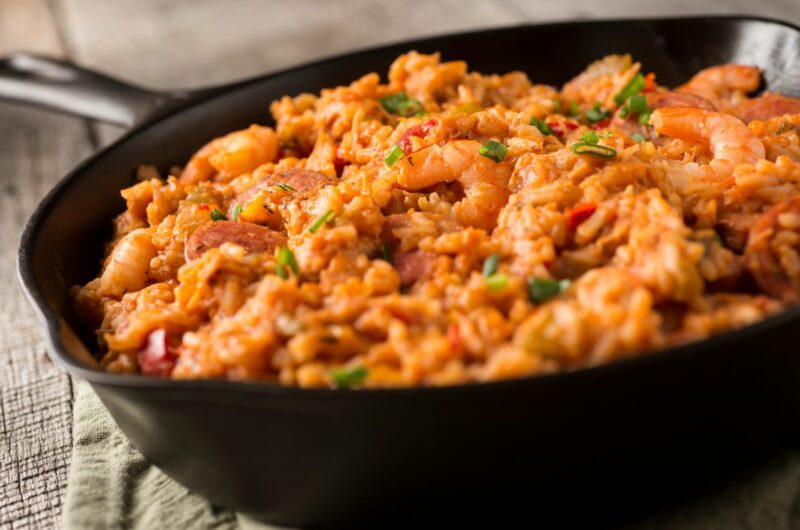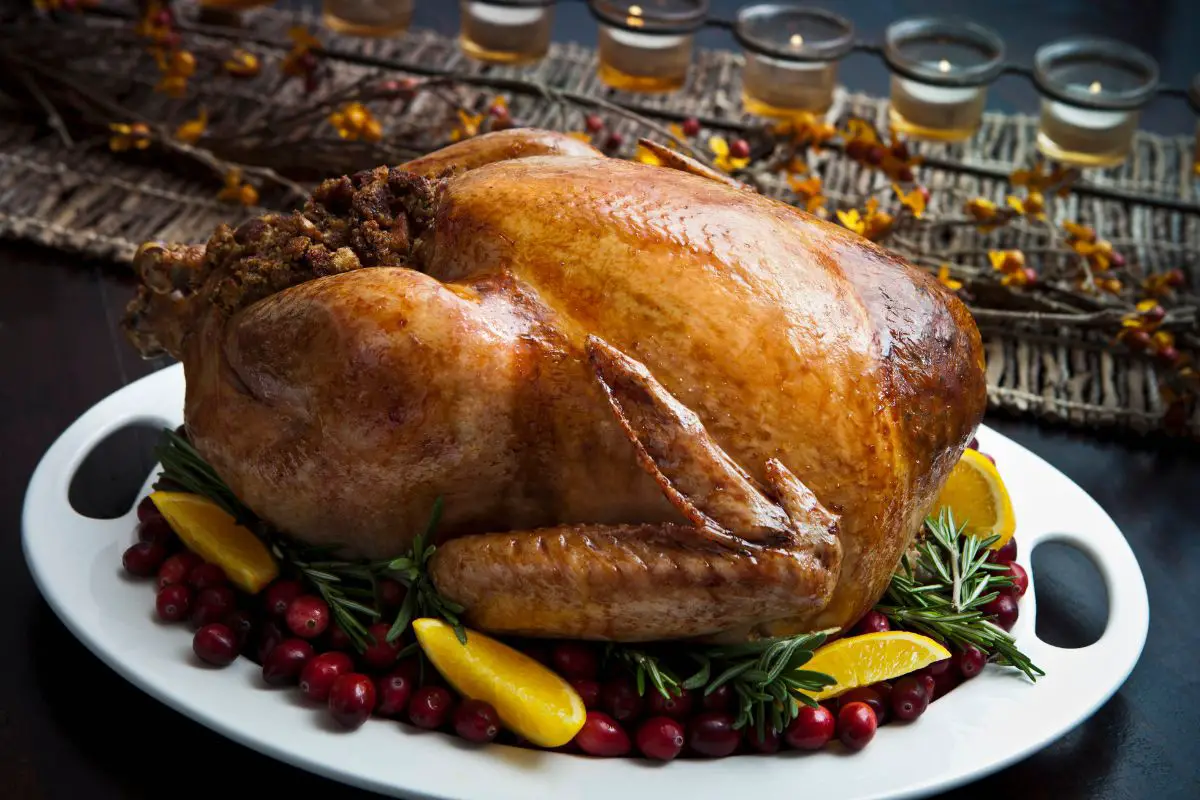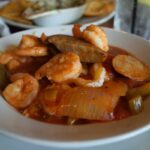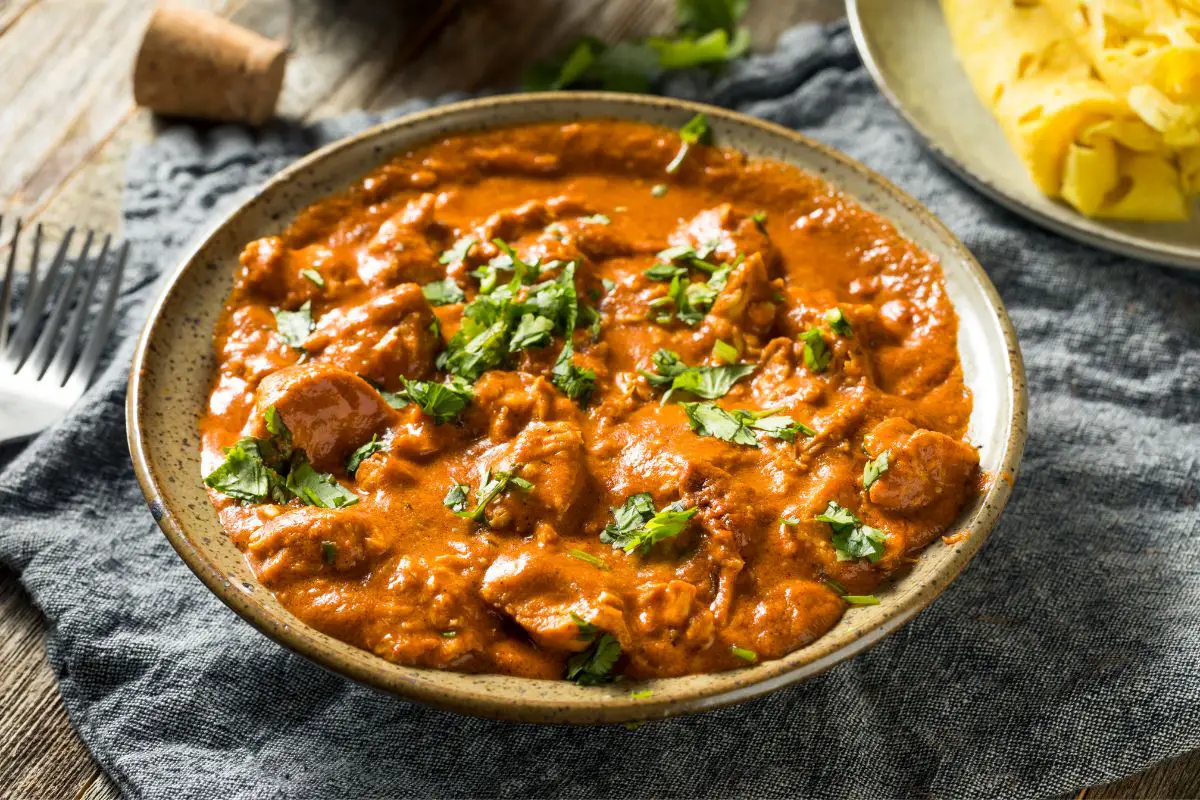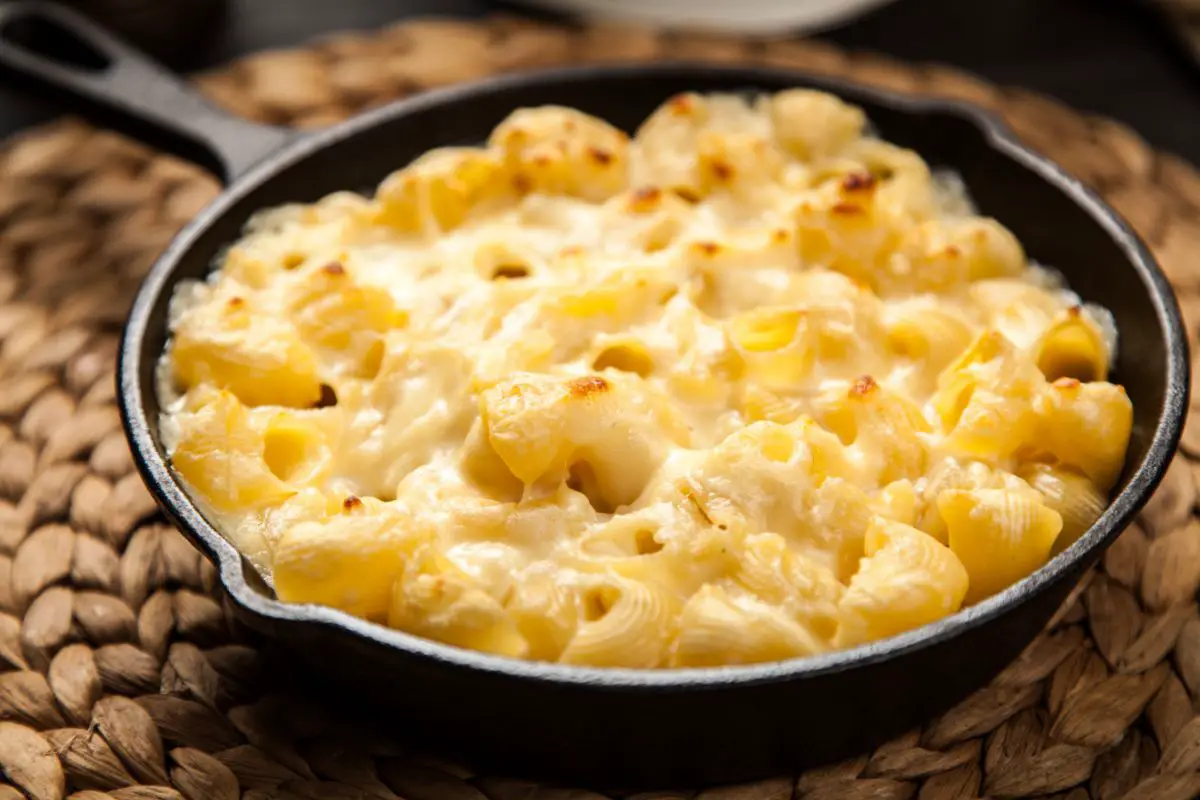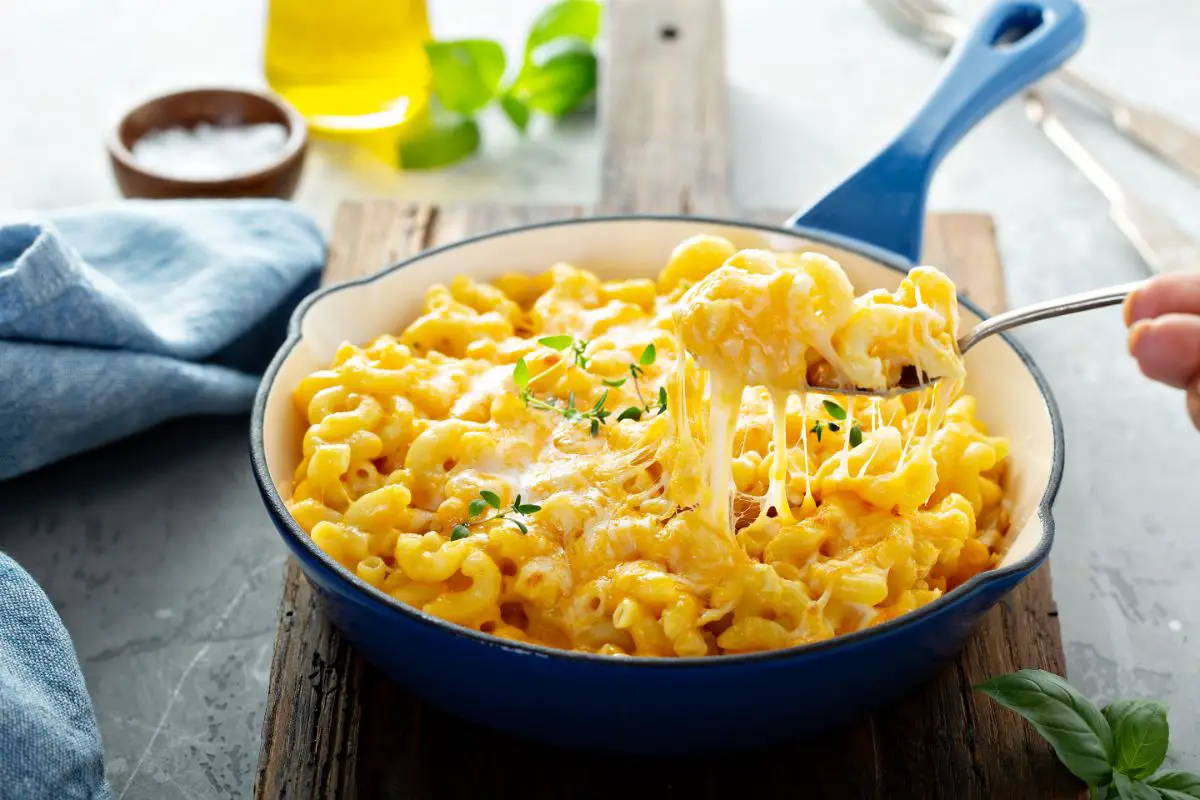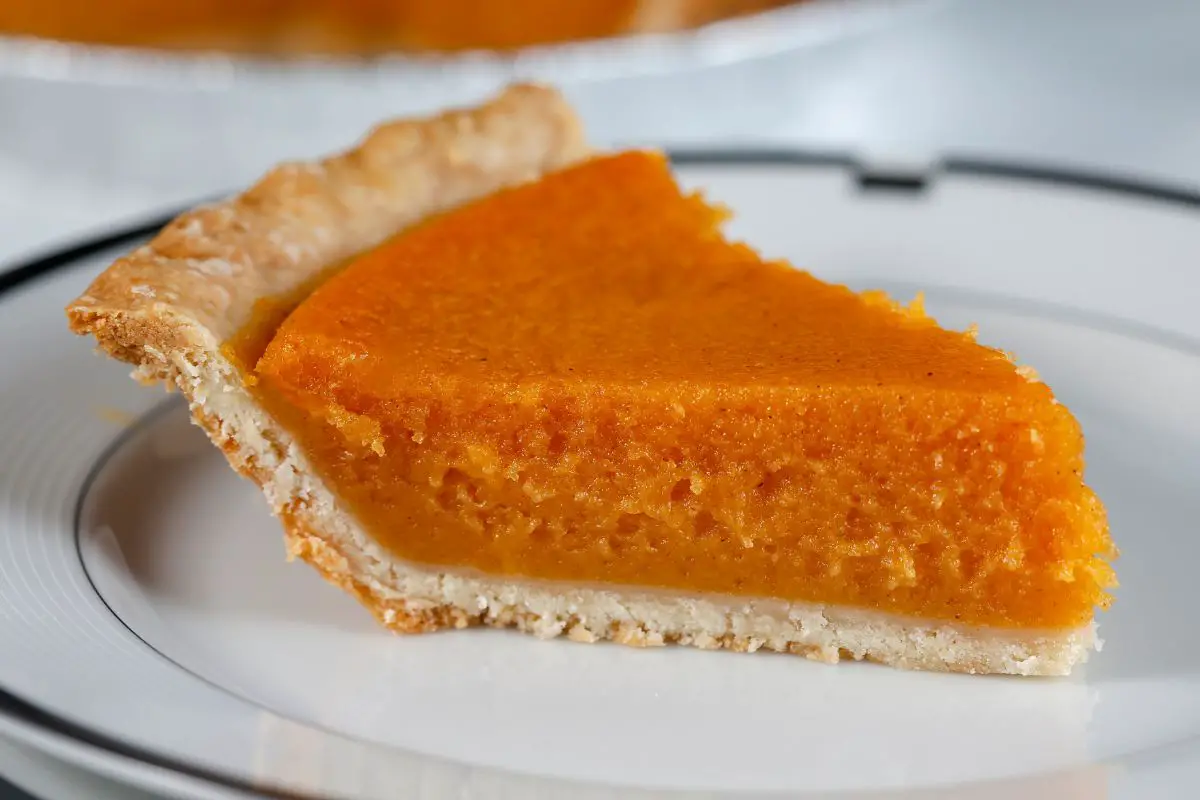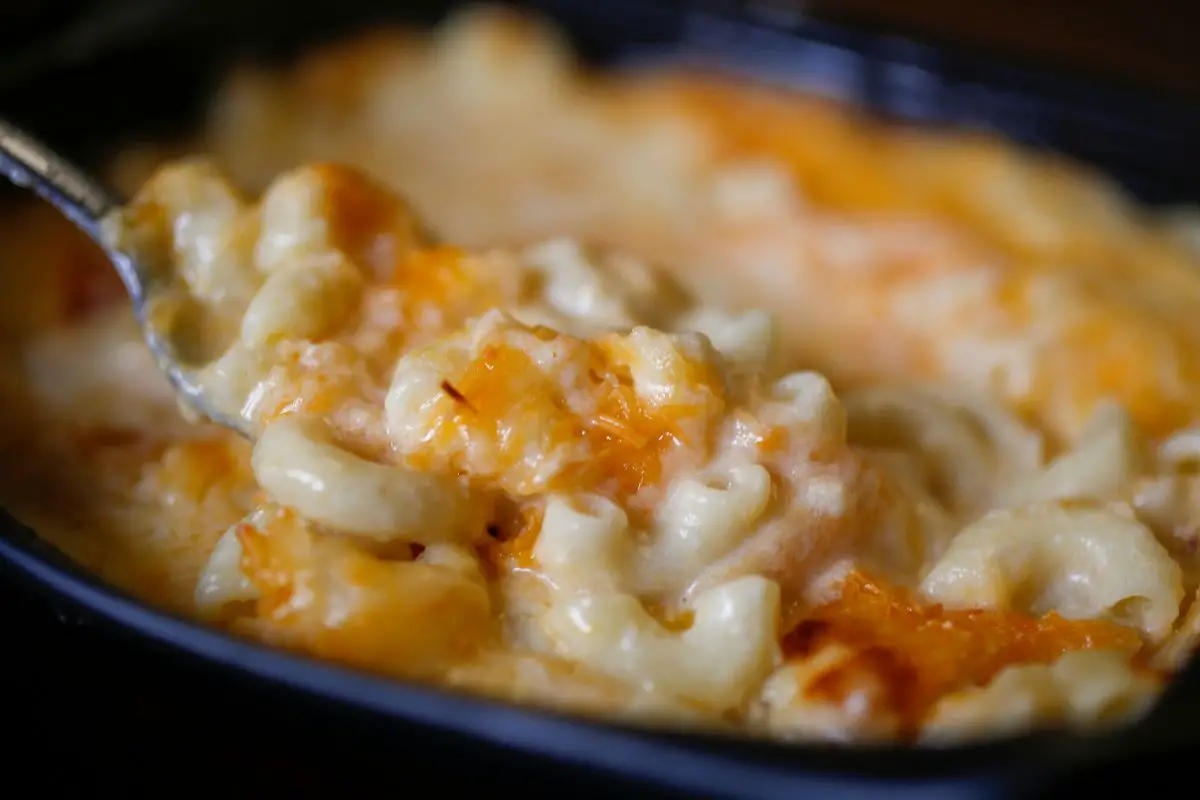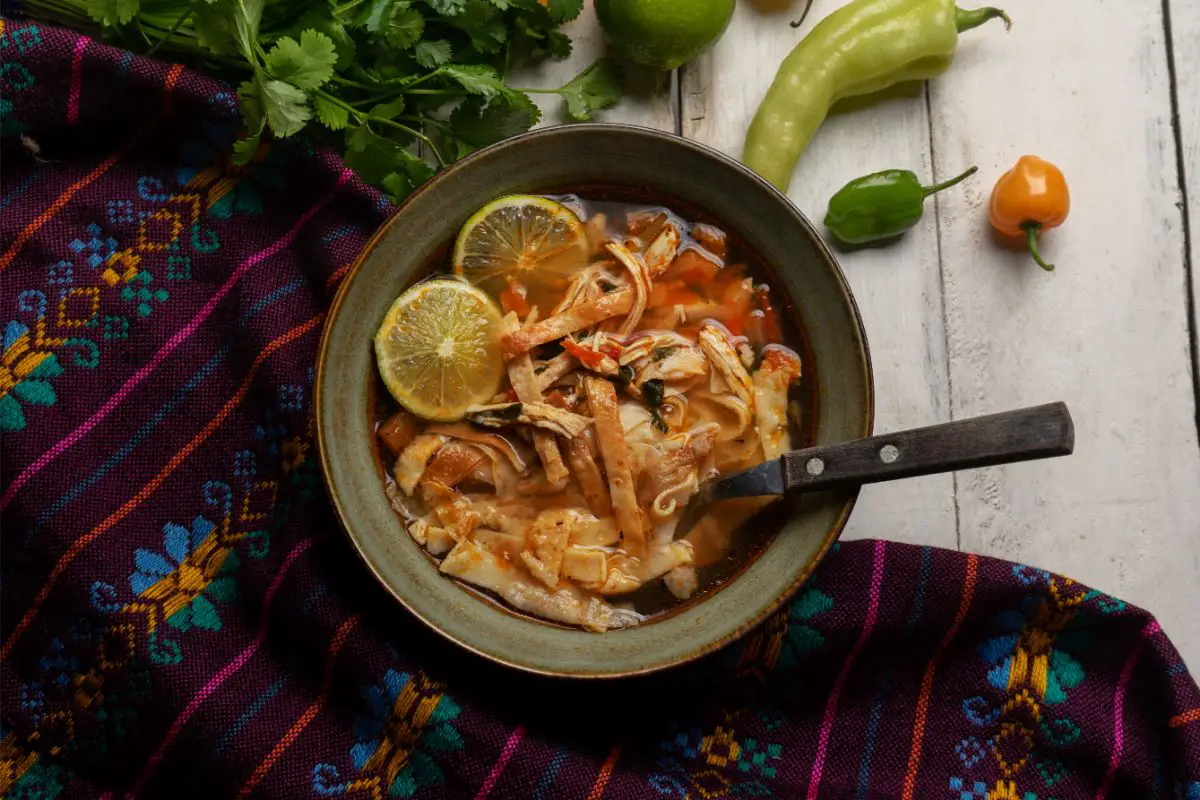Leah Chase jambalaya, a cornerstone of Louisiana’s culinary tradition, offers a tantalizing blend of flavors and textures.
Originating from the melting pot of New Orleans, it embodies the rich confluence of cultural influences that define the region’s cuisine.
This dish, particularly renowned in Creole cooking, is a hearty, one-pot meal that has become synonymous with the spirit of Louisiana.
In this article, we will explore two exquisite Jambalaya recipes from Leah Chase, a legendary figure in Creole cuisine.
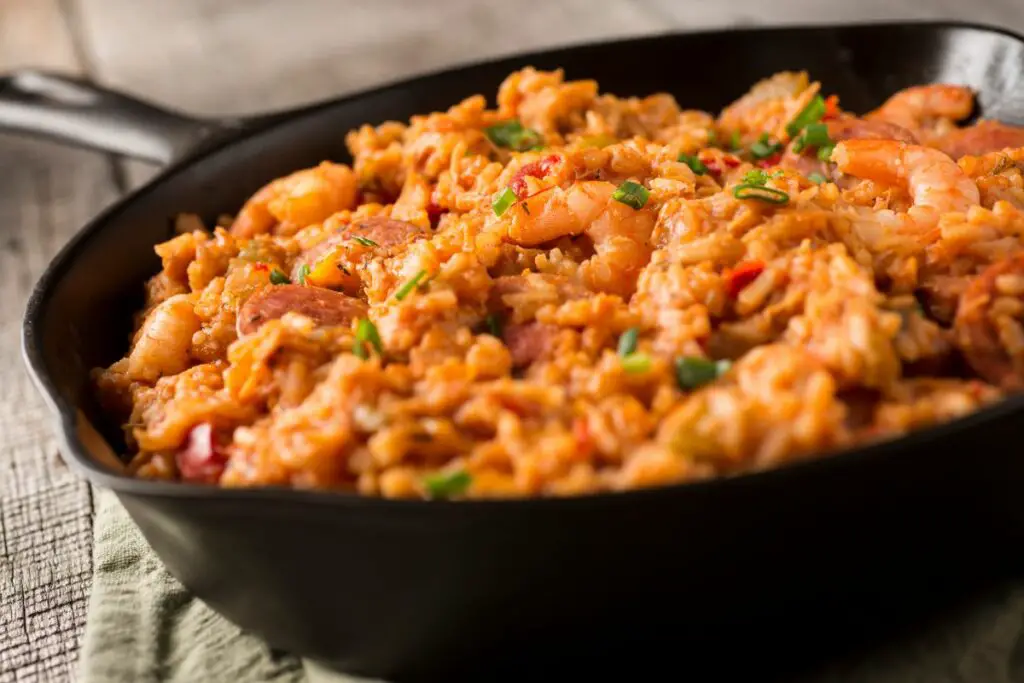
Let’s dig in!
Jambalaya: A Background
Before we dive into some delicious recipes, let’s step back and take a look at the significance of jambalaya to understand why it’s such a beloved dish.
Jambalaya, a celebrated dish in Louisiana, is a vibrant showcase of the state’s diverse cultural and culinary heritage.
Its origins are as eclectic as its ingredients, drawing from Spanish, French, African, and Native American influences.
The dish’s name likely derives from the Provençal word ‘jambalaia’, meaning a mix or mishmash, which aptly describes its nature.
Jambalaya comes in two main varieties: Creole, or “red” Jambalaya, which includes tomatoes and is commonly found in New Orleans, and Cajun, or “brown” Jambalaya, more prevalent in rural Louisiana, which omits tomatoes.
Both types traditionally feature a mix of meat and seafood – like chicken, sausage, ham, shrimp, or crawfish – coupled with vegetables and rice.
The foundational flavors come from the “holy trinity” of Creole and Cajun cooking: onions, celery, and bell peppers, along with garlic, thyme, and cayenne pepper.
What sets Jambalaya apart is its adaptability; it’s a dish that changes with each cook’s personal touch and the availability of local ingredients.
This flexibility makes it a favorite in homes and restaurants across Louisiana. Each version reflects a unique blend of flavors and textures.
Jambalaya’s history is a testament to the melting pot of cultures in Louisiana. It’s a dish that not only feeds but also tells a story – of migrations, convergences, and the creation of a unique culinary identity.
In every pot of Jambalaya, there’s a piece of Louisiana’s soul and history, making it more than just a meal but a culinary journey through time and culture.
2 Tasty Leah Chase Jambalaya Recipes
Now, here’s what you’ve been waiting for – we’ve handpicked two incredible jambalaya recipes for you to try at home.
The first is a Creole Jambalaya by Leah Chase, and the second is inspired by the legendary chef.
1. Creole Jambalaya by Leah Chase
Leah Chase’s version of Creole Jambalaya is a flavorful testament to her expertise in Creole cuisine.
This dish starts with smoked ham, Chaurice sausage, and smoked sausage, sautéed with onions in a Dutch oven. This combination of meats provides a rich, smoky base layered with the sweetness of the onions.
Once the onions soften, Louisiana long-grain rice is added, known for absorbing flavors while maintaining a distinct texture.
The dish is enriched with green onions, paprika, parsley, thyme, garlic, and green bell peppers, creating a symphony of flavors.
Salt and a bay leaf introduce depth and complexity to the overall taste profile.
As the dish simmers, shrimp, a staple in Creole cooking, is added. The shrimp infuse the Jambalaya with a subtle seafood essence, balancing the smokiness of the meats.
The dish is gently cooked until the rice is tender, allowing each ingredient to meld harmoniously.
Leah Chase’s Jambalaya celebrates Louisiana’s flavors, combining the best of its culinary traditions in one comforting and satisfying dish.
2. Creole-Style Red Jambalaya With Chicken, Sausage, And Shrimp
This Creole-style red jambalaya is a savory blend of chicken, sausage, and shrimp set in a rich tomato base.
The recipe begins with meticulously preparing crushed tomatoes and chicken stock, ensuring a robust foundation for the dish.
The process starts with seasoning chicken thighs, browning them to perfection, then chopping them into bite-sized pieces.
Following this, Cajun or Creole sausages, such as andouille or chaurice, are cooked until they begin to darken, adding a depth of smoky flavor.
Adding onions, green bell peppers, celery, and garlic creates a flavorful base, further enriched by browning the tomato paste.
The dish is seasoned with Louisiana-style hot sauce, thyme, oregano, cayenne pepper, garlic powder, and bay leaves, creating a complex and aromatic flavor profile.
The crushed tomatoes and seasoned stock mixture, along with the diced chicken, are then simmered together, forming a flavorful stew.
As the rice absorbs the tomato and stock mixture, it becomes infused with various spices and flavors.
Finally, shrimp and scallions are stirred in gently, cooking until just right. This addition brings a delicate seafood sweetness, providing a perfect counterpoint to the robust flavors of the chicken and sausage.
The finished dish is a vivid representation of Creole cuisine, with each ingredient playing a crucial role in the flavors.
The chicken offers tenderness, the sausage adds spice, and the shrimp brings a touch of the sea, making this Jambalaya a comprehensive taste of Louisiana’s culinary richness.
Serving Suggestions And Accompaniments For Jambalaya
Jambalaya, with its robust and spicy flavors, is a staple of Cajun and Creole cuisine. It offers a blend of meat, seafood, vegetables, and rice.
While it’s a hearty dish on its own, the right accompaniments can enhance its flavors and add variety to the meal.
To start, a classic New Orleans appetizer like shrimp remoulade or a simple shrimp cocktail can set the tone for a Cajun-themed meal. These seafood starters are light yet flavorful and prepare the palate for the rich jambalaya.
Consider serving a refreshing cucumber and tomato salad as a side dish. The crisp cucumber and acidity of the tomato provide a cool contrast to the warmth of the jambalaya.
Alternatively, a dish of braised greens, such as collard or mustard greens, can complement the meal with their earthy flavors.
Garlic bread or a baguette can be served alongside to mop up the flavorful sauce of the jambalaya. The bread’s crisp crust and soft interior make it an ideal accompaniment for soaking up every bit of the delicious juices.
In terms of beverages, a spicy Bloody Mary can match the heat of the jambalaya, or a sweet and fruity cocktail like a Hurricane can balance the spices.
For non-alcoholic options, a sweetened iced tea or a lemonade can offer a refreshing respite from the spiciness.
Ending the meal, a classic New Orleans dessert like beignets or bananas foster can be a delightful finish. These sweet treats, with their sugary and fruity notes, will provide a satisfying conclusion to the rich and spicy flavors of the jambalaya.
Jambalaya Adaptations
Jambalaya lends itself beautifully to various adaptations.
For a healthier twist, brown rice can replace the traditional white rice, adding fiber and a nutty flavor. Quinoa is another excellent alternative, offering a protein-rich option.
Lean meats like chicken breast or turkey sausage can be used instead of higher-fat meats, and increasing the quantity of vegetables like bell peppers, celery, and tomatoes boosts nutritional value without compromising flavor.
Vegetarian and vegan versions of jambalaya are equally satisfying. Replacing meat with plant-based protein sources such as beans, lentils, or tofu keeps the dish hearty.
Adding more vegetables and using vegetable stock enhances the depth of flavor. Smoked paprika or liquid smoke can mimic the smoky taste typically provided by andouille sausage.
Seafood lovers can turn the dish into a seafood extravaganza by adding shrimp, crab, and even oysters, similar to a paella.
Spice levels in jambalaya can easily be adjusted. For those who prefer less heat, reducing the cayenne pepper and hot sauce is key.
Conversely, adding extra hot sauce or fresh chili peppers can turn up the heat for spice enthusiasts.
Final Thoughts
Leah Chase’s Jambalaya recipes encapsulate the essence of Louisiana’s culinary tradition.
These dishes, with their rich history and vibrant flavors, offer more than just a meal; they provide an experience, a taste of the cultural melting pot that is Louisiana.
The Creole Jambalaya and the Creole-Style Red Jambalaya each tell a unique story through their ingredients and cooking methods.
Whether served in a humble home kitchen or a bustling New Orleans restaurant, these recipes unite people, celebrating the diversity and community spirit that define Louisiana’s culinary culture.
Up next: Try these red beans and rice recipes from Leah Chase.
Frequently Asked Questions
The Holy Trinity in jambalaya cooking combines onions, celery, and bell peppers. This trio is the foundation of many Louisiana dishes, providing a base flavor.
To prevent mushy rice in jambalaya, use the correct rice-to-liquid ratio and avoid over-stirring after adding the rice. Cook the rice until it’s just tender.
Jambalaya should be moist but not soupy. It should have enough liquid to cook the rice fully, but the final dish should be more dry than wet.
Gumbo is a soup or stew served over rice, while jambalaya is a rice-based dish where the rice is cooked with the other ingredients, absorbing their flavors.
2 Delicious Leah Chase Jambalaya Recipes To Try
Course: Other Recipes4
servings30
minutes40
minutes300
kcalIngredients
Directions
- Pick a jambalaya recipe
- Collect your ingredients
- Prepare your dish
- Enjoy.
Recipe Video
https://www.youtube.com/watch?v=NhNWZ4-d4-oVideo can’t be loaded because JavaScript is disabled: New Orleans Jambalaya Recipe (https://www.youtube.com/watch?v=NhNWZ4-d4-o)- 16 Martha Stewart Baking Recipes You Have To Try - May 29, 2024
- 19 Of The Best Martha Stewart Cake Recipes Ever - May 28, 2024
- How To Make A Tasty Ina Garten Red Velvet Cake At Home - May 24, 2024

